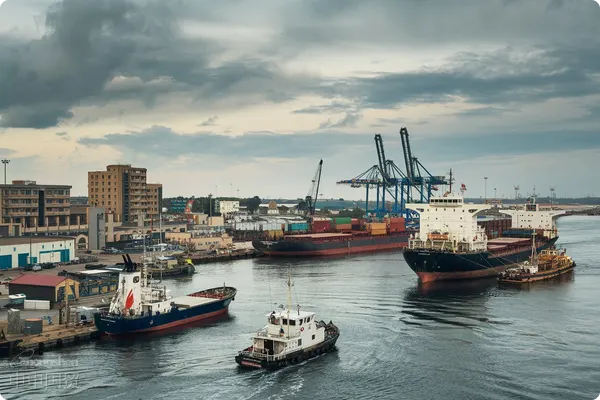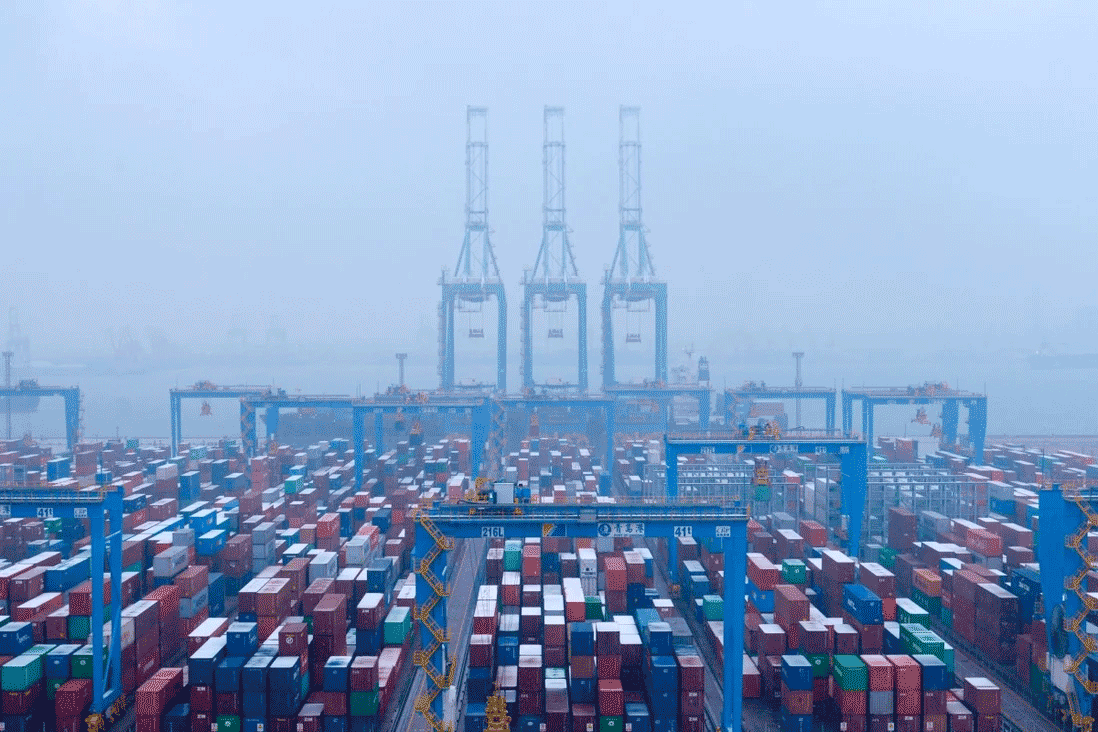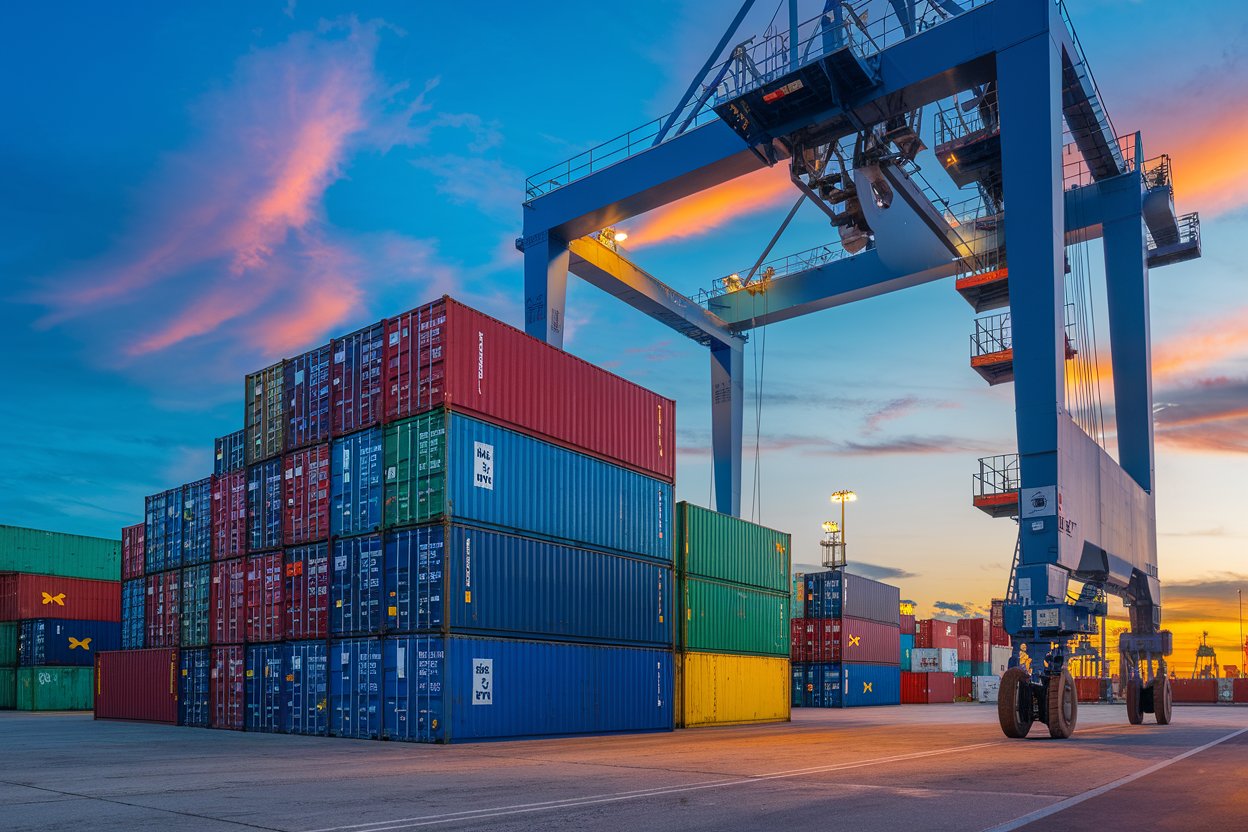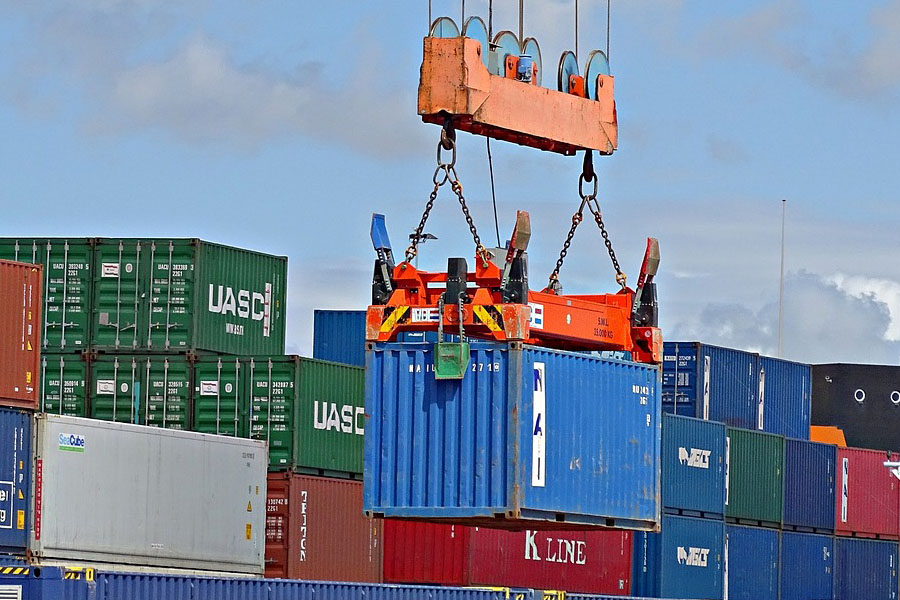- Shanghai Zhongshen International Trade Co., Ltd. - Two decades of trade agency expertise.
- Service Hotline: 139 1787 2118

The hidden cost black hole of imported equipment
A biopharmaceutical company imported an $800,000 cell analyzer in early 2025. Due to HS code classification errors, customs clearance was delayed by 17 days, resulting in additional expenses including demurrage fees and penalty charges totaling 113,000 yuan. Such cases reveal three major hidden risks in equipment imports:Technical parameter recognition deviations, tariff classification disputes, lack of required licenses.
The value coordinates of professional agency services
Comparing the full-process costs between self-operated imports and professional agency services, the differences mainly manifest in three dimensions:
- Time CostProfessional teams reduce customs clearance time by 40% on average
- Capital occupationPre-classification services reduce guarantee deposit freezing amounts by 30%-50%
- Record - filing of Foreign Trade OperatorsLicense application success rate increases from 68% to 97%
Four-step customs clearance strategy
In response to the new regulations in the General Administration of Customs Announcement No. 38 of 2025 for scientific researchequipment. For example, Indonesia has the SNI certification, Thailand has the TISI certification, and the Philippines has the BPS certification. It is necessary to confirm in advance the equipment voltage (such as 380V/50Hz in Thailand), the compatibility of the CE certification, and the proof of environmentally friendly materials.The recommended phased management approach:
- Pre-assessment phase
- Verify the validity of equipment EMC certification
- Confirm whether software modules involve export controls
- Logistics planning
- Prioritize CIF terms to avoid transportation risks
- Ultra-precision equipment requires IATA-certified packaging solutions
Key points for responding to 2025 customs clearance new regulations
According to the latest revisedimport and exportCustoms Tariff, special attention is required for instrument and equipment imports:
- Medical devices now have three-tier classification supervision
- Analysis instrument software requires separate value declaration
- Second-hand equipment must undergo pre-shipment inspection
Practical case analysis
A semiconductor company encountered typical problems when importing wafer inspection equipment:
- Root cause of the problem: Equipment contains controlled temperature control module (ECCN 3A001)
- Solutions: Split customs declaration + apply for dual-use item license
- Implementation effect: Avoid 200% punitive tariffs, saving costs of 870,000 yuan
Golden rules for risk avoidance
Based on twenty years of practical experience, summarizing five key control points for equipment import:
- Require suppliers to provide complete technical specifications (including software version numbers)
- Apply for ATA Carnet in advance to meet temporary import needs
- Configure professional customs declaration review mechanism (recommended triple verification)
When encountering delays in pattern approval of measuring instruments for precision balances made in Germany, professional agents canCustoms duty guarantee systemEnable equipment to be picked up first, saving 21 working days compared to traditional processing methods. This flexible problem-solving capability is precisely the core value that distinguishes professionalforeign tradeagents from ordinary customs brokers.
Related Recommendations
? 2025. All Rights Reserved. Shanghai ICP No. 2023007705-2  PSB Record: Shanghai No.31011502009912
PSB Record: Shanghai No.31011502009912










